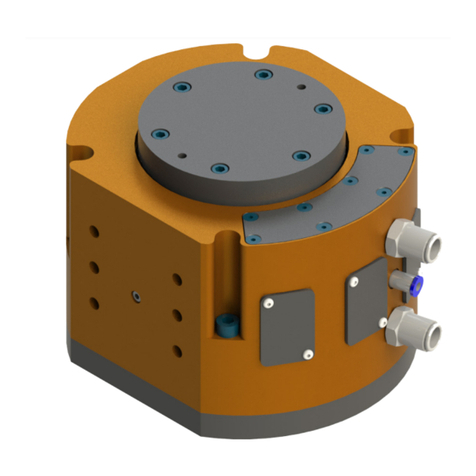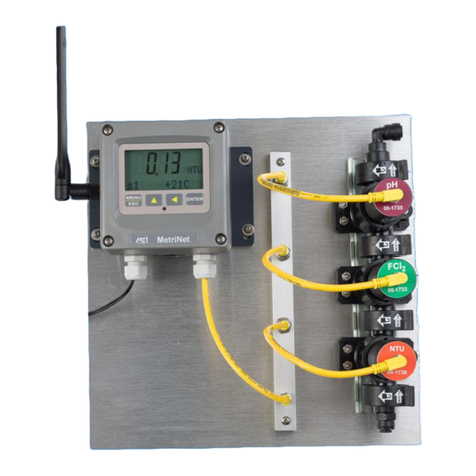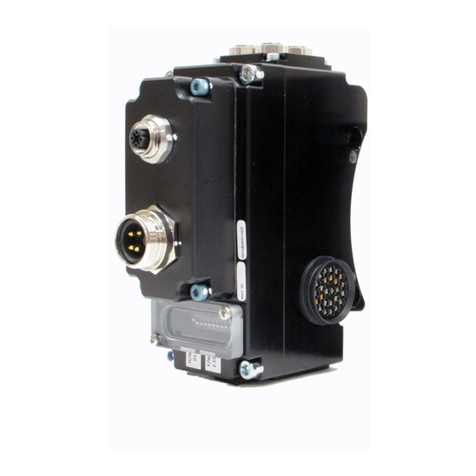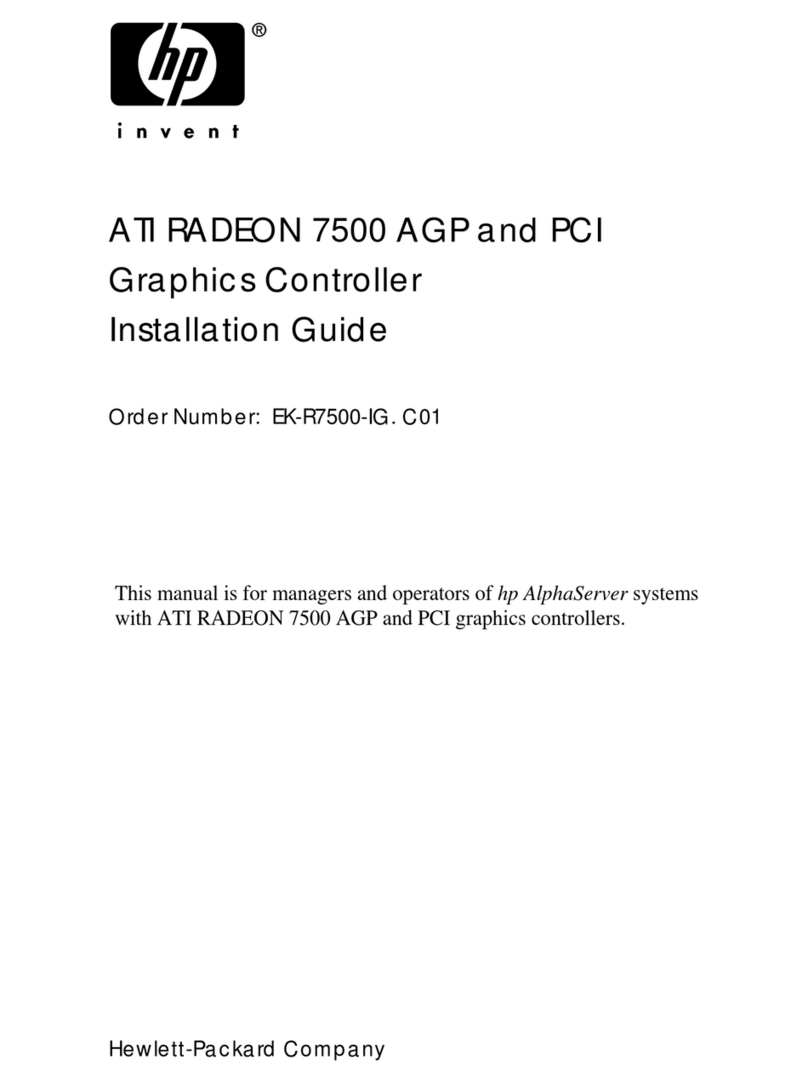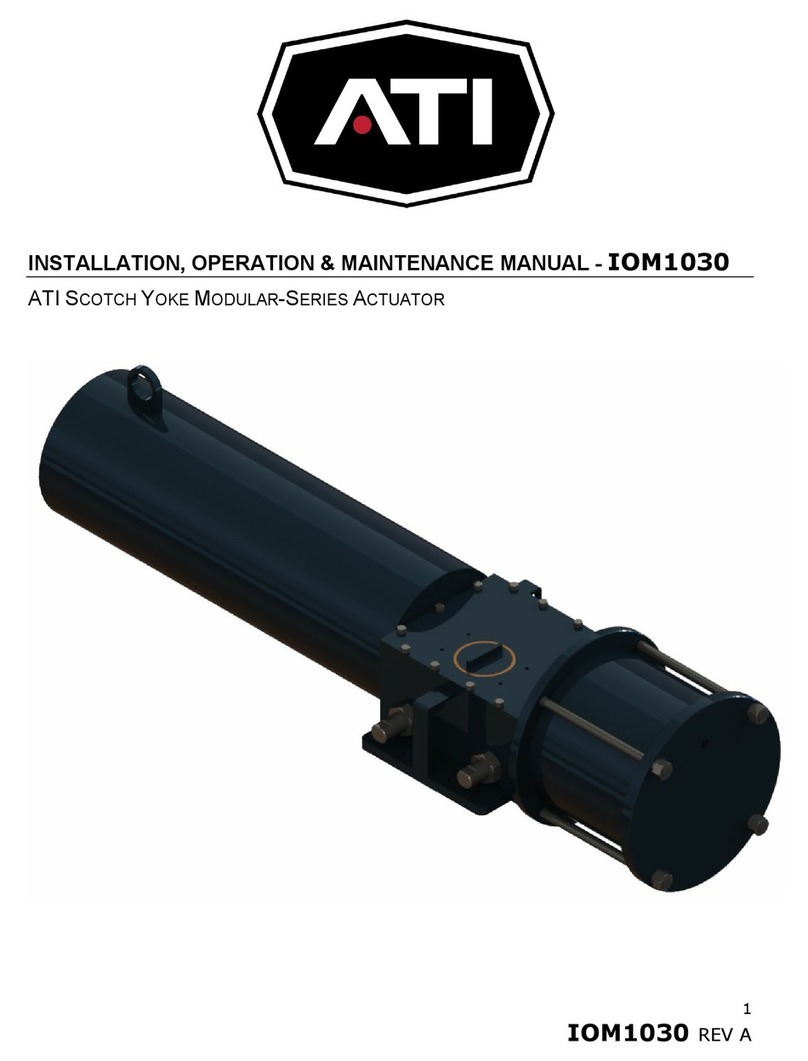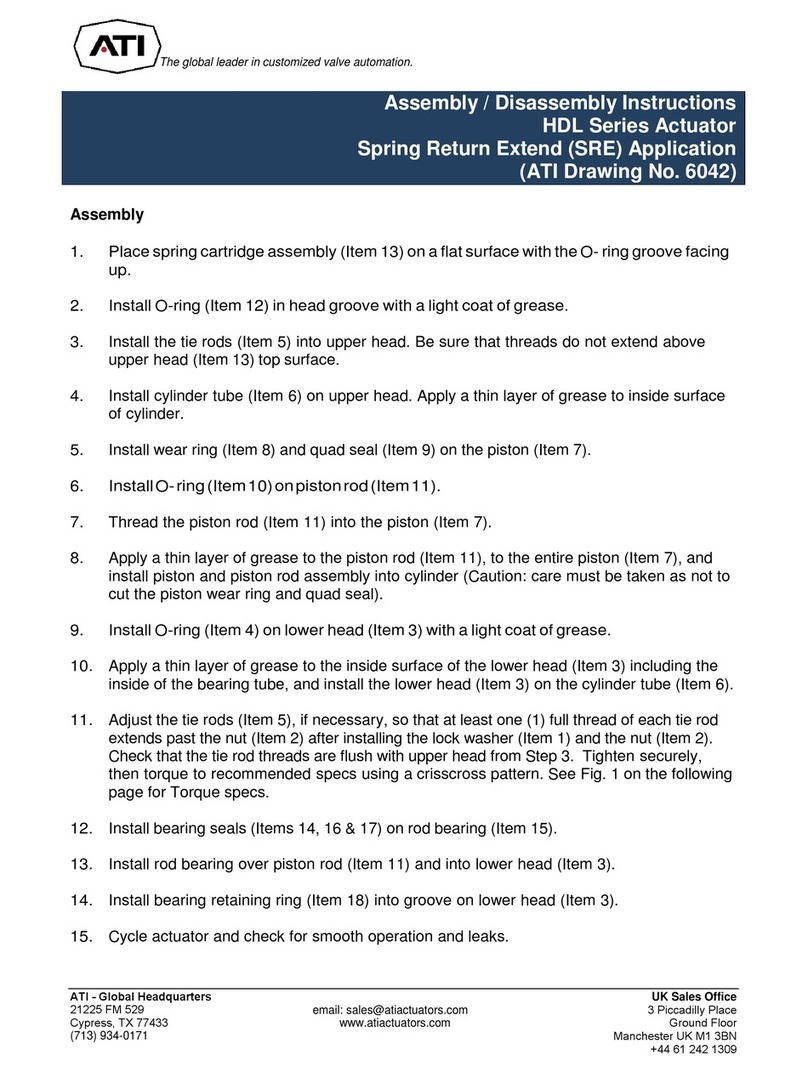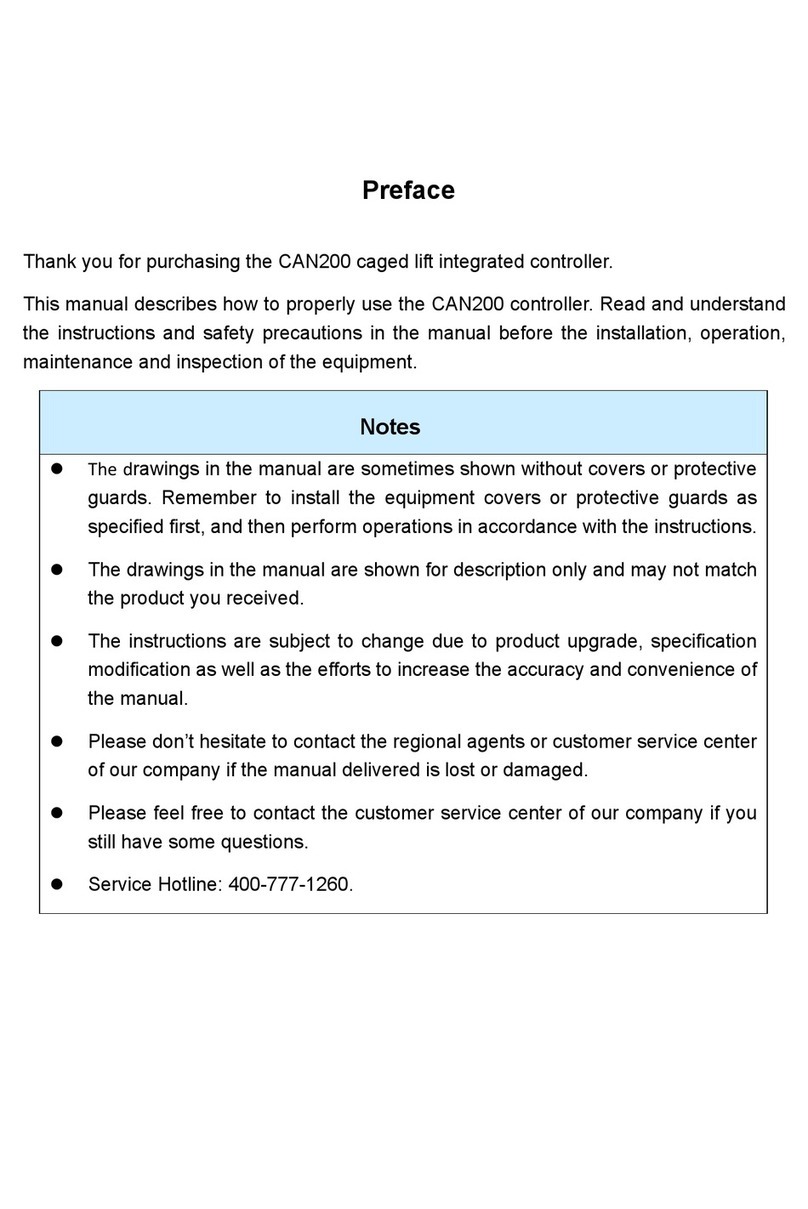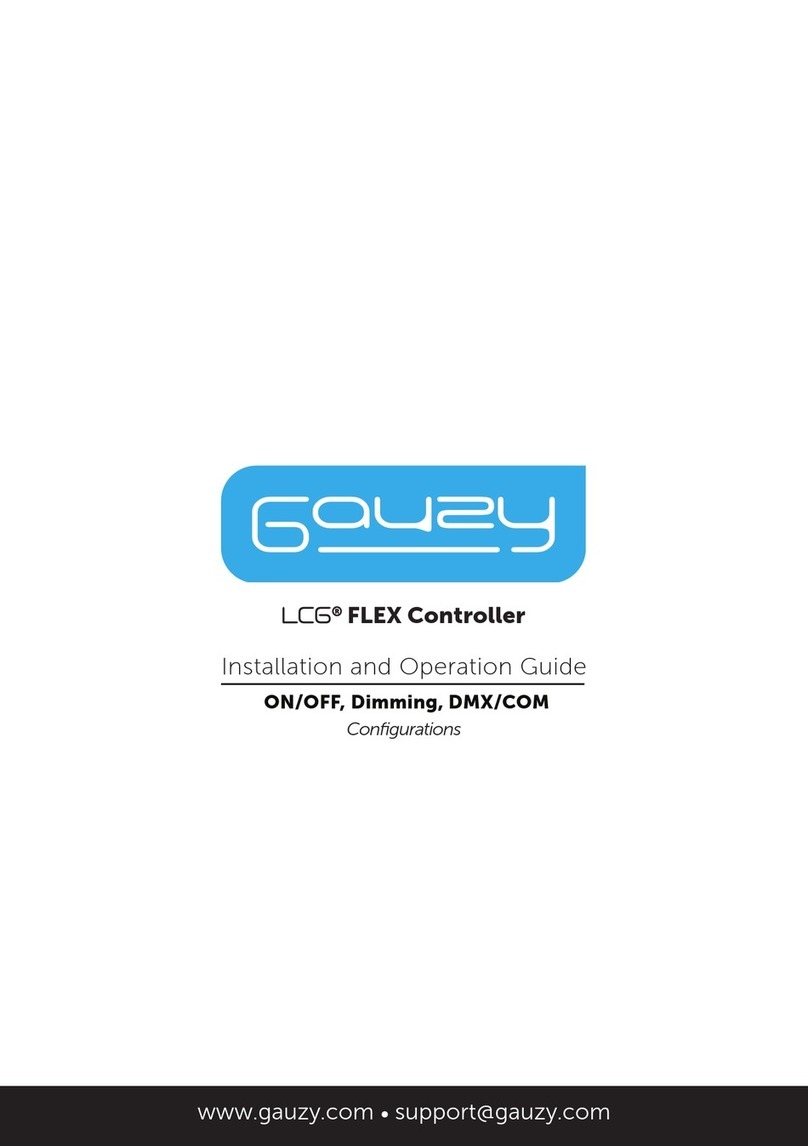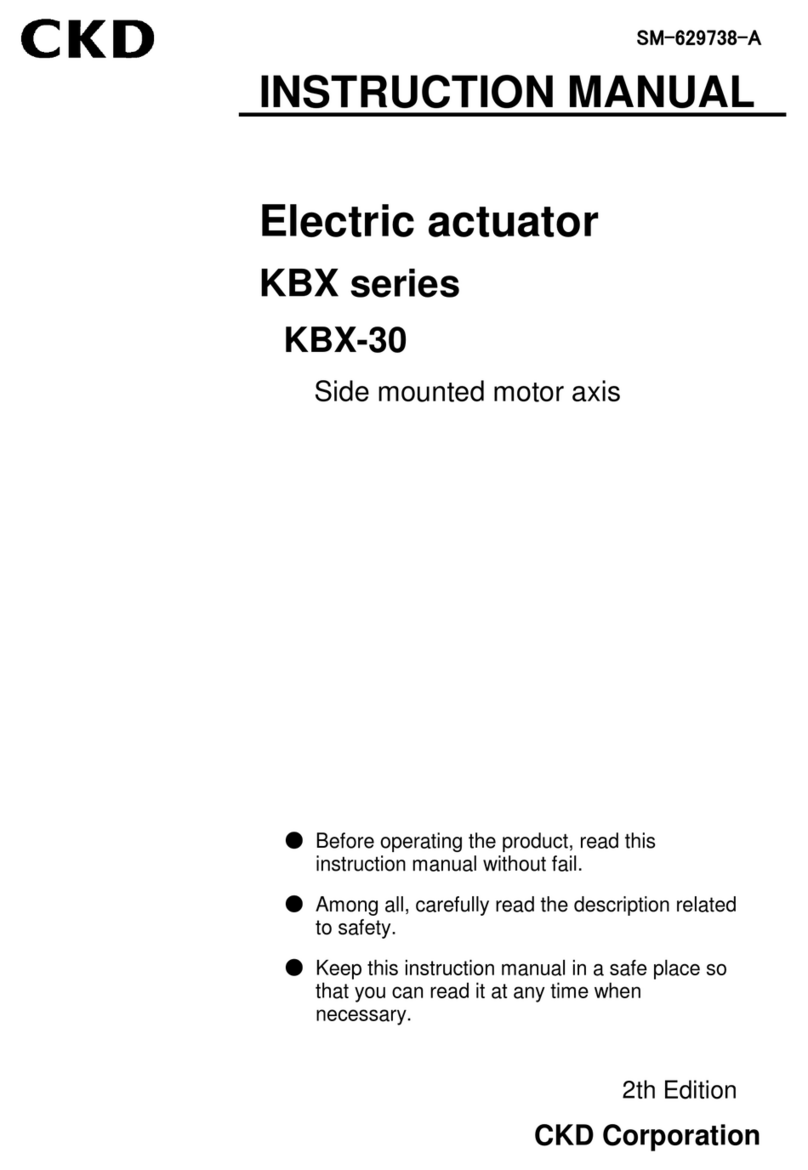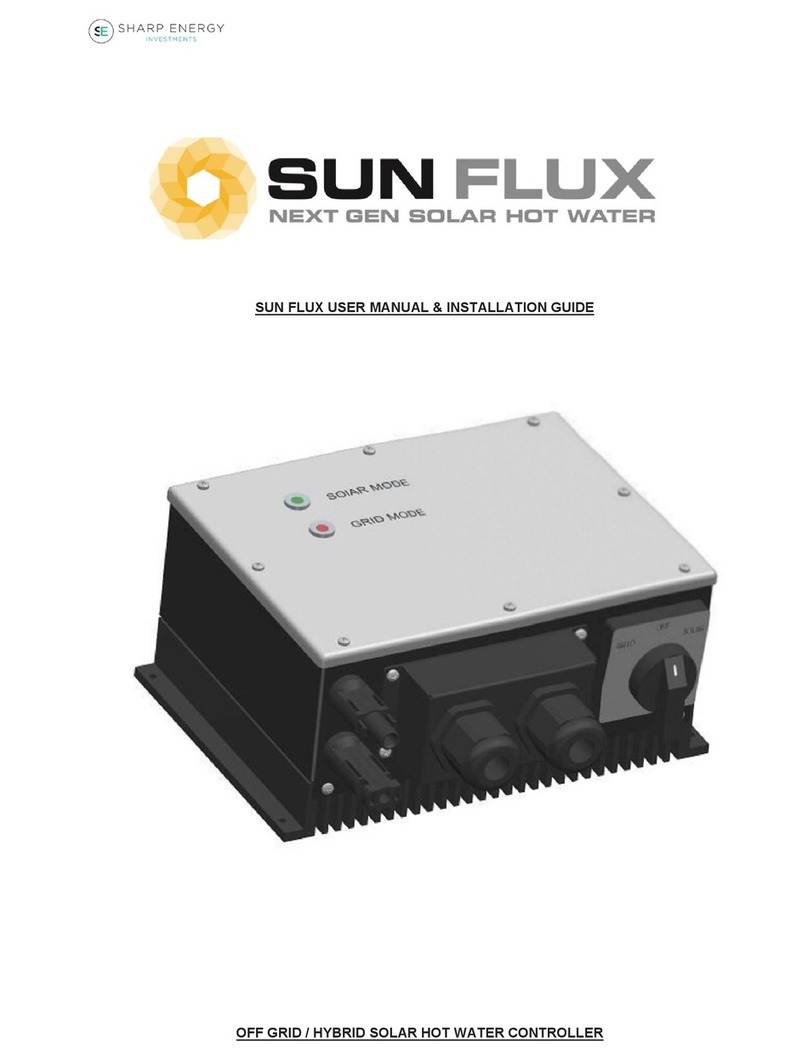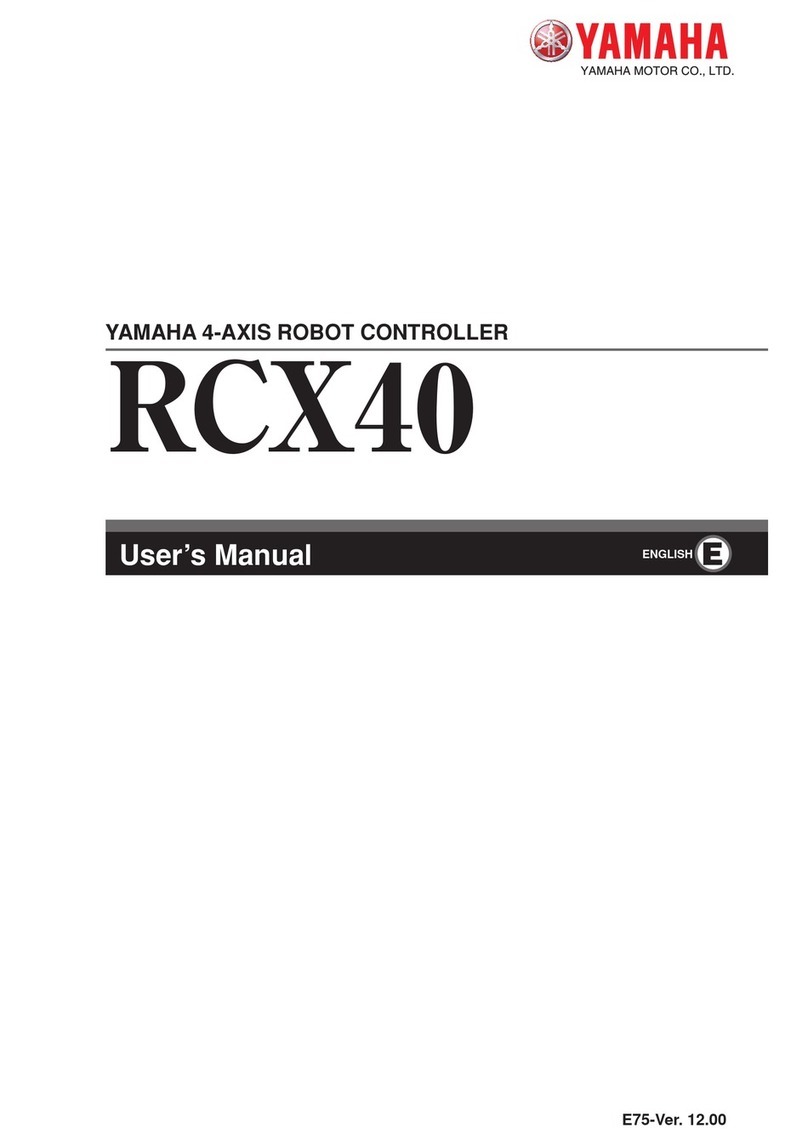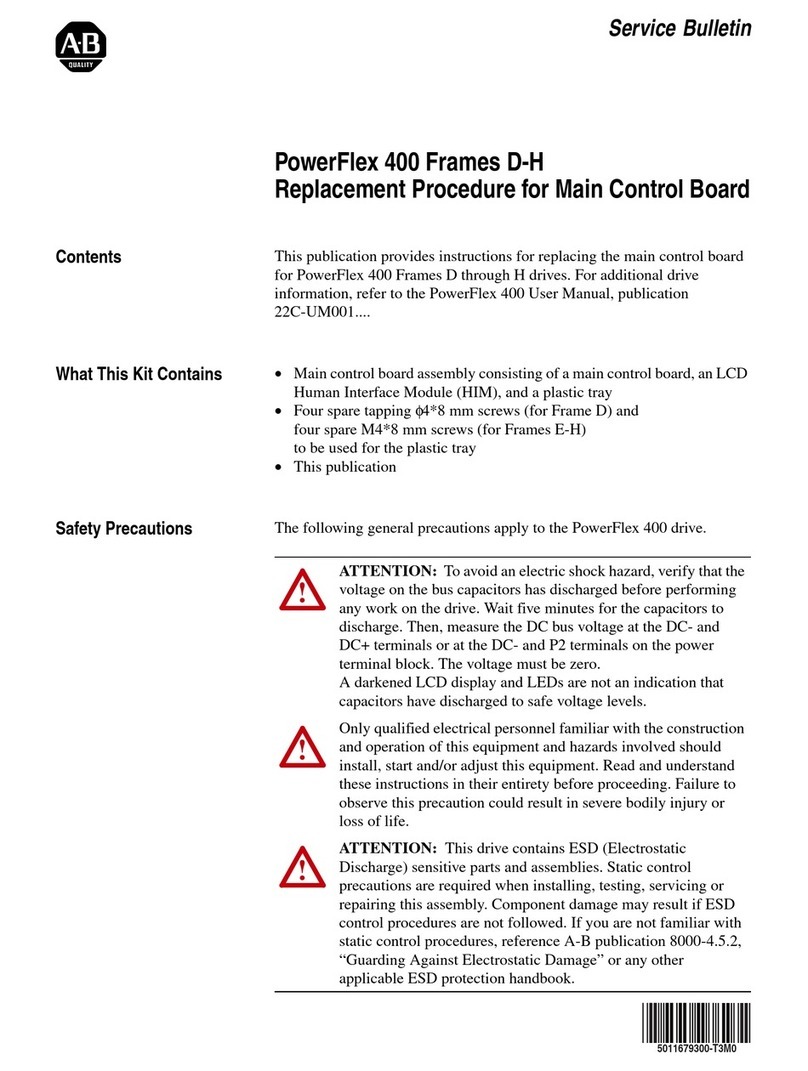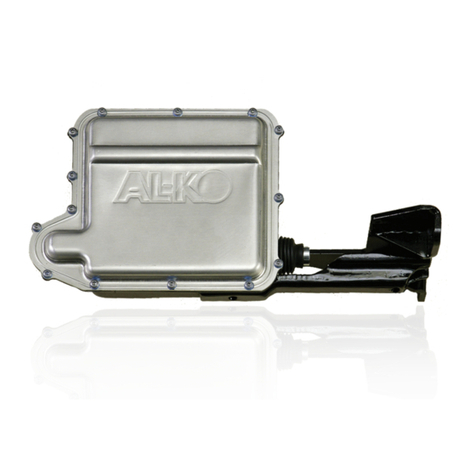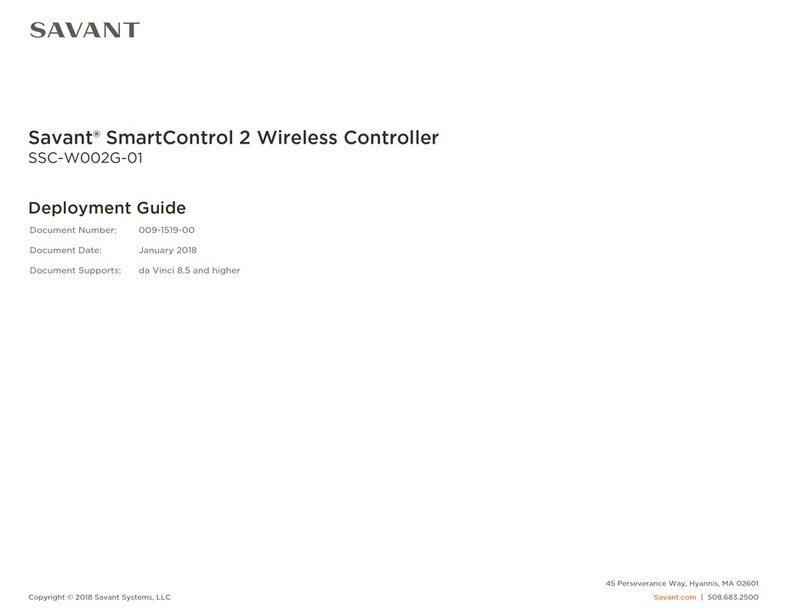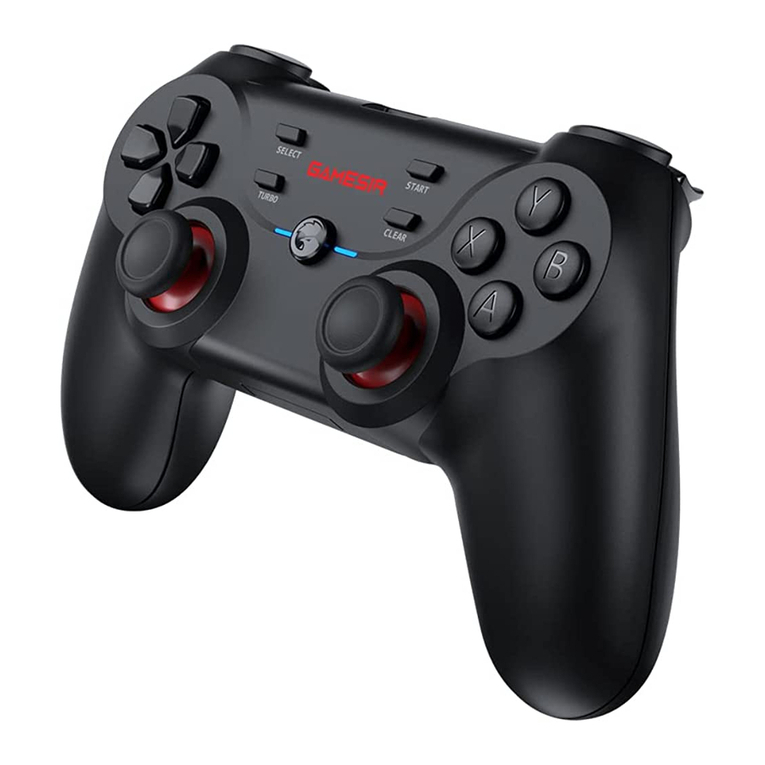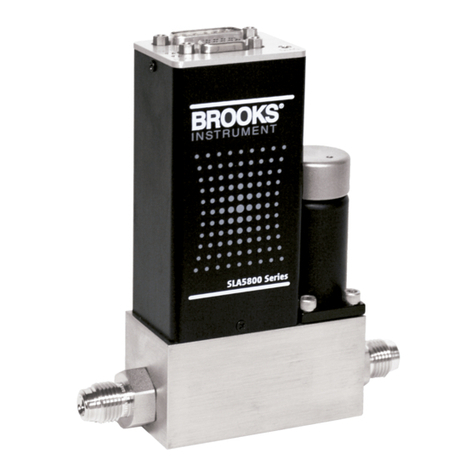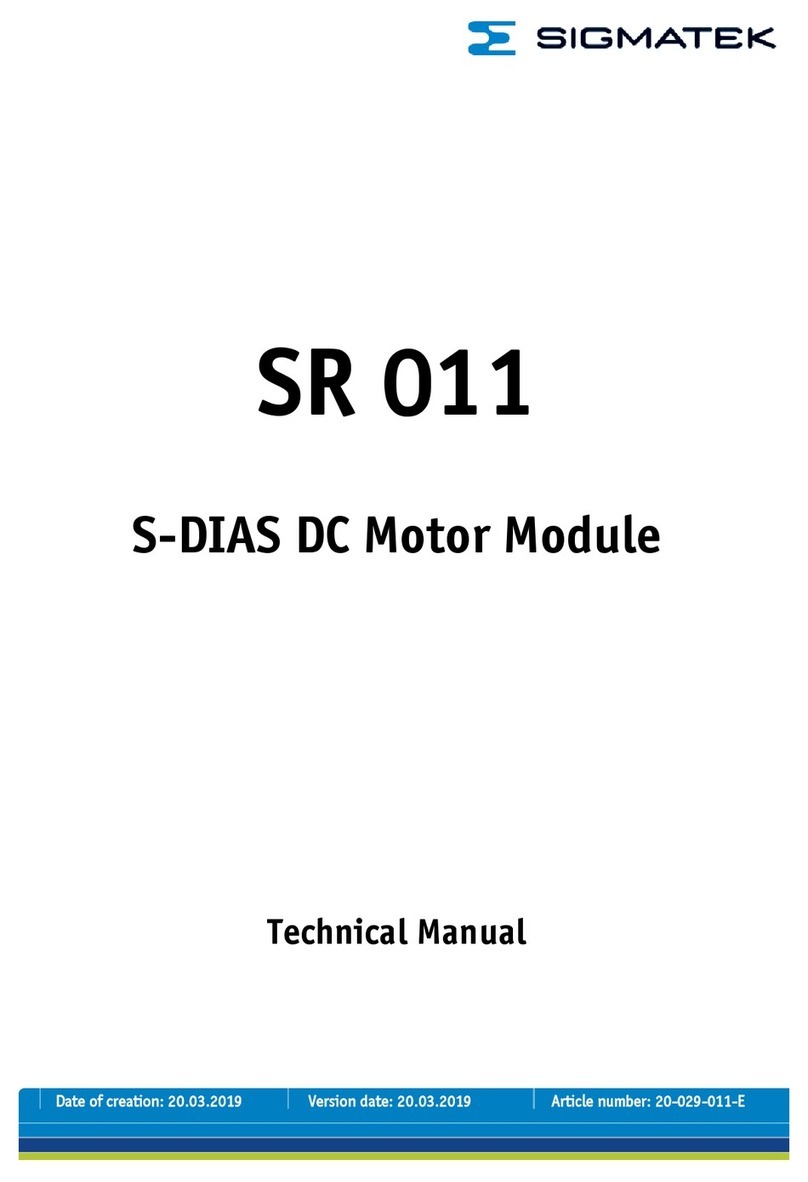
Single-Point Freeze Protection Heat–Trace Control
TRACON MODEL FPT 130
We Manage Heat ®
INSTALLATION
SHEET
25298 Rev - A 06/17 (800) 234-4239 www.networketi.com Environmental Technology, Inc.
Items Included
Quantity Description Part Number
1 TRACON MODEL FPT 130 Single-Point Freeze Protection Heat–Trace Control 25169
1Temperature Sensor 25076
1 FPT 130 Installation Sheet (this document) 25298
1FPT 130 Installation and Operation Manual 25165
Installation
The FPT 130 Automatic Heat–Trace Control should be installed by a qualified, licensed electrician. Installation must conform to all
applicable local and national electrical codes and laws. The unit’s NEMA 4X IP66 enclosure allows for indoor or outdoor applications.
The FPT 130 controller has an ambient operating temperature range of −40 °F to 131 °F (−40 °C to 55 °C). To avoid potential internal
condensation mount the unit out of direct sunlight.
Install the FPT on a fixed, flat, vertical surface using the unit’s mounting flanges. The mounting flanges accommodate 1/4” or 6.3
mm fasteners.
The FPT 130’s nonmetallic enclosure has one 1.046” hole for conduit entry; this can hold both power and load wiring.
Use only Listed Type 4X IP66 liquid–tight conduit hubs or cable glands. Connect the hub to the conduit system before connecting the
hub to the enclosure.
The unit comes with two installed liquid–tight cable glands. One of these fittings is for the temperature sensor cable, and the other
is for the alarm relay cable.
The cable glands can accommodate cable diameters 0.08” to 0.24” (2 mm to 6 mm). The temperature sensor may be located up to
2,000’ (610m) from the FPT.
There is a removable electrical insulation divider that must be in place when there is power applied to the unit.
All leads should be terminated; no unsecured leads should be left inside the wiring compartment.
CONTACTING ENVIRONMENTAL TECHNOLOGY, INC.
For assistance, contact Customer Service. Office hours are from 8:00 AM until 5:00 PM ET.
Voice (800) 234-4239 (USA and Canada) or (574) 233-1202 (elsewhere)
Fax (888) 234-4238 (USA and Canada) or (574) 233-2152 (elsewhere)
Mail Environmental Technology, Inc.
1850 North Sheridan Street
South Bend, IN 46628
DISCLAIMER
Environmental Technology, Inc. makes no representations or warranties, either expressed or implied, with respect to the contents of this publication or the products that it describes, and specifically disclaims any implied war-
ranties of merchantability or fitness for any particular purpose. Environmental Technology, Inc. reserves the right to revise this publication, and to make changes and improvements to the products described in this publication,
without the obligation of Environmental Technology, Inc. to notify any person or organization of such revisions, changes or improvements.
The ETI logo, We Manage Heat, CIT, GIT, and SIT are registered trademarks of Environmental Technology, Inc. EUR and RCU are trademarks of
Environmental Technology, Inc. Copyright © 2014 Environmental Technology, Inc. All rights reserved. Printed in USA.
Prior to Installation
1. Read these installation instructions and manual prior to beginning installation.
2. Install this device only if you are a qualified electrician trained to perform such work.
3. Before beginning installation, lay out the system components, the heat trace cable and the temperature probe in their approximate
locations to visualize the system and evaluate exact component and junction box placement, as well as required cable and conduit lengths.
TEMPERATURE SENSOR
Thermistor (shown) or
RTD 2–wire, 3–wire,
or 4–wire
ALARM RELAY
HEATER CABLE
Line/Black
Neutral/White
Ground/Green
INPUT POWER
Line/Black
Neutral/White
Ground/Green
1. Install the Control Box
Use the box itself as a template to determine the mounting hole footprint. Install the box to a solid, stable surface
capable of supporting four times the weight of the box, or about 20 pounds. Use all four mounting holes. Install
the control box to the wall using heavy-duty 1/4” or 6.3 mm fasteners long enough to fasten the box securely.
Do not fully tighten mounting hardware at this time. Leave the mounting hardware loose enough to work the conduit into place.
Hardware will be fully tightened following installation of the conduit.
Note: Perform the following steps with the circuit breaker to the unit OFF. The TRACON FPT 130 is permanently
connected equipment and does not have an internal disconnect device. When power is applied, the system will start.
2. Connect the Supply and Load
Feed the Input Supply (Input Power) and the Load (Heater Cable) through the Conduit Entry
Hole in the enclosure as shown, then connect the leads, as shown in the Figure 3. Line is
black; neutral is white; ground is green.
3. Install the Temperature Sensor
The FPT 130 comes with a thermistor temperature sensor with a 20 ft. jacketed cable that
has an operating range of −40 °F to 230 °F (−40 ˚C to 110 ˚C).
Refer to Figure 4.
4. Install the External Alarm
An alarm or power–off condition can be communicated by either opening or closing a relay
contact. It is important to make the proper alarm relay connections to achieve the desired
result. The middle terminal labeled COM (Common) is used in both wiring configurations.
Connect one alarm relay lead to the COM terminal.
If the system needs a contact to close to signal an alarm or power–off condition, connect
the other alarm relay lead to the NC (Normally Closed) terminal.
If the system needs a contact to open to signal an alarm or power–off condition, then
connect the other alarm relay lead to the NO (Normally Open) terminal.
If the unit has power, and there are no alarm conditions then the NO and COM terminals
will be connected. If the unit loses power or an alarm condition occurs then the NC and
COM terminals will be connected.
Refer to Figure 5.
5. Setup and Settings Editing
Refer to Figure 6 (upper right).
6. Install the Conduit and Fully Tighten Hardware
Install the conduit runs to the control box. Use only Listed Type 4X IP66 liquid–tight conduit
hubs. With cabling routed through conduit and conduit is secure, fully tighten the control box
mounting hardware and re-assemble control box panels and cover in their original location.
Note: At this point the circuit breaker to the unit can be turned on providing power to the unit.
HEATER CABLE
Line/Black
Neutral/White
Ground/Green
INPUT POWER
Line/Black
Neutral/White
Ground/Green
!
!
!
!
Pilot Duty
The FPT 130 Automatic Heat-Trace Control with GFEP cannot be used for Pilot Duty applications.
Resistive Load Usage Only
This product is not for use with Inductive loads. Inductive loads may create nuisance tripping of the Ground-Fault Equipment Protection circuit.
Abnormal Odor or Smoke
In the event of smoke or a burning or abnormal odor, immediately interrupt power to the unit by turning off the circuit breaker protecting the unit.
Electrical Shock / Fire Hazard
Any installation involving electric heater wiring must be grounded to earth to protect against shock and fire hazard. Suitable ground fault detection and interrupting systems
must be in use at all times to reduce shock and fire hazard and to protect equipment.
Electric wiring to heating elements must be installed in accordance with National Electrical Code (NEC)/Canadian Electrical Code requirements, as well as all other local and
applicable electrical codes and any third party standards. Follow the installation instructions contained in this manual and also those provided by the heater manufacturer.
Size the circuit breaker to that of the expected load. The maximum current load for the FPT130 is 30A resistive. This product is intended for commercial and industrial
applications.
Make certain that the heater shield is properly grounded. Failure to do so may result in damage to the equipment or fire.
Following installation and prior to beginning system operation, refer to and perform the Post-Installation Test described in this manual.
Figure 1.
The FPT 130 wiring layout
Figure 3. Contactor connections
4 1/4"
(108mm)
1.046"
(25.4mm)
Conduit Entry 20' 6"
Sensor Cable
Alarm Cable
7 7/16"
(189mm)
5 5/8"
(142.9mm)
4 1/16"
(103.2mm)
FPT 130
Power Heat Low Temp Alarm
800.234.4239
networketi.com
Wiring for Normally
Closed alarm contact
Figure 5. External alarm connection
Figure 4. Thermistor sensor connection
Wiring to
Normally Closed
alarm contact
123456
Temperature
Sensor Fault Mode
123456 Energize Heaters
when sensor fail
123456 De-energize Heaters
when sensor fail
Fire Protection Mode
123456
Fire Protection ON
123456
Fire Protection OFF
Temperature Setpoint
123456
50 °F
123456
45 °F
123456
38 °F
123456
30 °F
Figure 6.
DIP switch configuration
Figure 2.
Mounting dimensions
Default settings
